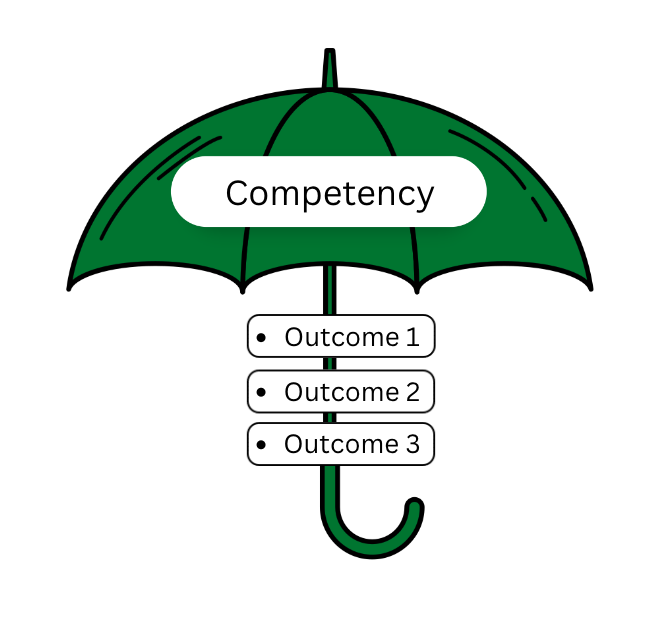Co-teaching, Co-writing, Co-learning: 5 amazing things that happened when I stopped talking
By Carolyn Hoessler
In 2014, I have co-taught a course twice, co-facilitated one workshop and one conference session, collaboratively wrote several papers (including based on my dissertation results), and learned a few things along the way.
What happened when I traded in my solo controls for a tandem system?
1. I saw old material in new ways when we integrated our distinct viewpoints. Each collaborator brought his or her own beliefs and knowledge. Our backgrounds then resonated to clarify ideas, contrasted to highlight details, or merged to create new ideas.
 2. I could glimpse multiple parallel realities (or at least other possible directions or wordings). When preparing to teach, I may have one activity visualized that could work, but because I was co-instructing I got to see another possibility – the creatively revised version my co-instructor created to precisely achieve our goals.
2. I could glimpse multiple parallel realities (or at least other possible directions or wordings). When preparing to teach, I may have one activity visualized that could work, but because I was co-instructing I got to see another possibility – the creatively revised version my co-instructor created to precisely achieve our goals.
3. I was able to engage in self-discovery about my “usual” assumptions, “default” style, and “typical” assessments. I stretched philosophically, epistemologically and ontologically when discussing our beliefs, how we come to know things, and what is knowledge. As a result of these conversations the edges of our self-concept can blur or crystalize (especially in inter-disciplinary partnerships).
4. I could share the journey and “conspire” (breathe with one another) and laugh, shrug, or celebrate together. With my co-instructor, I got to share the funny, absurd, heart-filled, and nerve-stretching moments of teaching, and as collaborators in writing we could high-five or pick up the pieces together. Even when reviewing feedback with its usual trepidation, celebrations and reflections were shared.
5. I was allowed to peer into my colleagues’ teaching and writing processes up close! Co-teachers like our students see us day-after-day, and co-writers see our notes in the margins. It seemed unusual but was very rewarding to invite colleagues into the messiness and see longitudinally what I do, as well as to learn from them.
Resources on co-teaching:
Co-Teaching in an Interdisciplinary Context, Center for Teaching and Learning, University of California Berkley http://teaching.berkeley.edu/co-teaching
Team/Collaborative Teaching, Centre for Teaching, Vanderbilt (includes an example video) http://cft.vanderbilt.edu/guides-sub-pages/teamcollaborative-teaching/ includes an example video.
Conderman, G., & McCarty, B. (2003). Shared Insights from University Co-Teaching. Academic Exchange Quarterly, 7(4). Available at: http://www.rapidintellect.com/AEQweb/choice2z.htm
Resources on co-writing (for us, our colleagues, and our students):
Group Writing, Writing Centre, The University of North Carolina at Chapel Hill. Available (including as a pdf) under creative commons license (CC-BY-NC-ND) http://writingcenter.unc.edu/handouts/group-writing/
Phillips, W. L., Sweet, C. A., & Blythe, H. R. (2009). Collaborating on Writing, 95(5). Academe (Publication of the American Association of University Professors). http://www.aaup.org/article/collaborating-writing#.U274xVxC8ds
Budge, K. (November 29, 2011). Writing collaborative publications during your PhD. The Thesis Whisperer. http://thesiswhisperer.com/2011/11/29/writing-collaborative-publications-during-your-phd/
Krause, S. D. (2007). Chapter four, How to collaborate and write with others. In The Process of Research Writing. Available under creative commons license (CC-BY-NC-SA) at http://www.stevendkrause.com/tprw/Chapter%204.pdf
If you would like to share your insights on co-teaching or collaborating at the U of S, contact the GMCTE.


